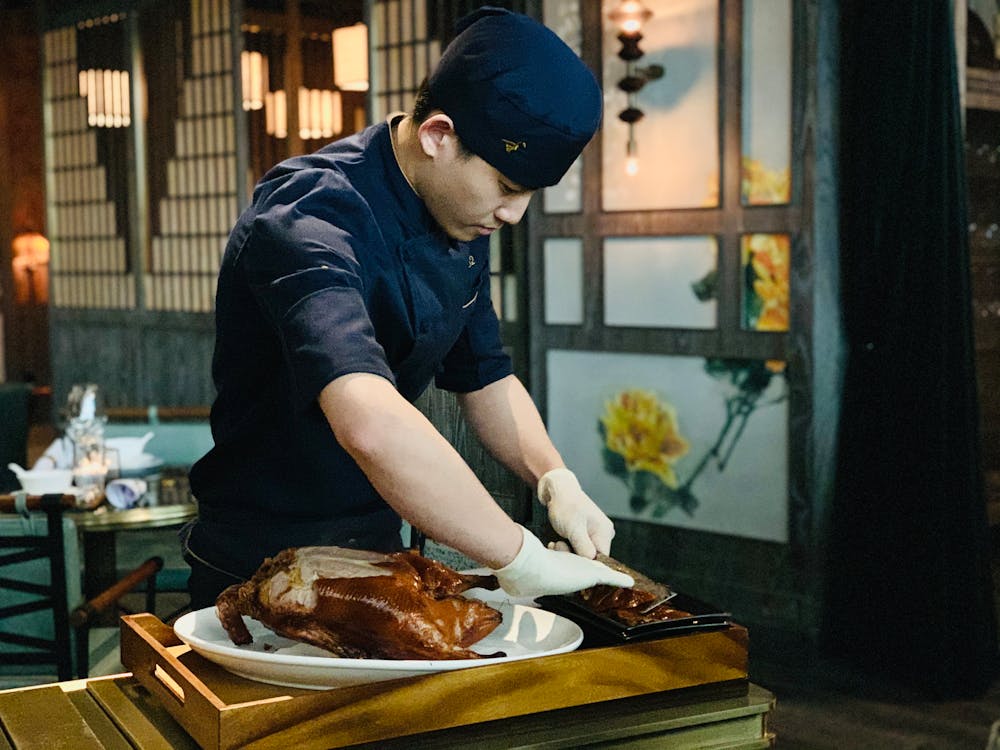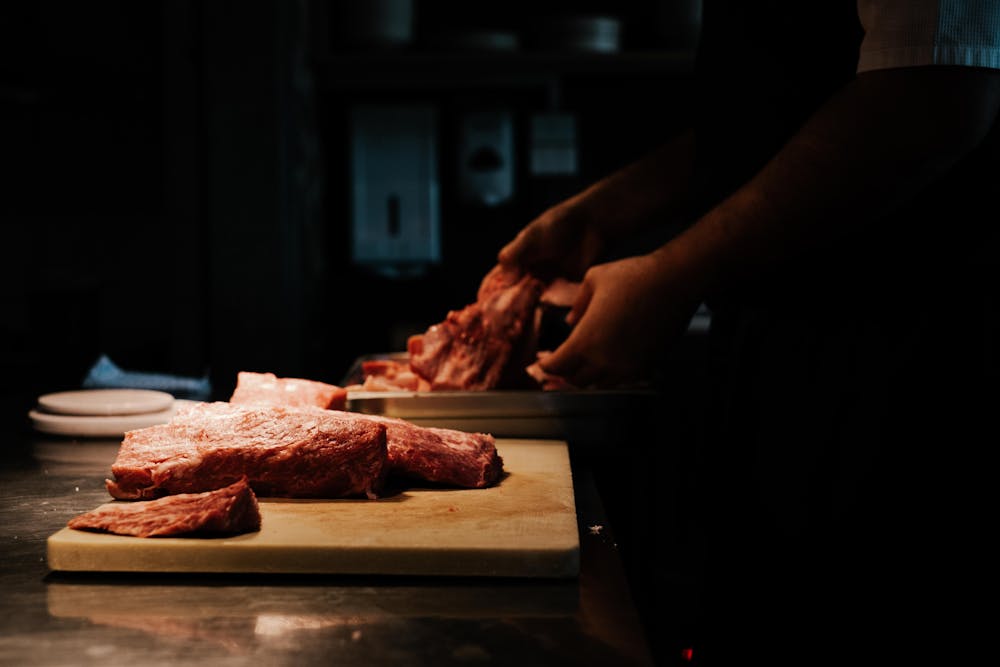Understanding meat cuts and their best uses has been an essential part of my culinary journey. As someone who loves to cook and explore different flavors and techniques, knowing how to select the right cut of meat for each dish has made a significant difference in the quality and taste of my meals. Here’s what I’ve learned about meat cuts and how to make the most of them:
 1. **Understanding the Basics**: Before delving into specific cuts, it’s essential to understand the basic anatomy of the animal. Different muscles have different textures, flavors, and cooking properties, which affect how they should be prepared and cooked. Learning about the different primal cuts, such as the loin, rib, and chuck, is a great starting point.
1. **Understanding the Basics**: Before delving into specific cuts, it’s essential to understand the basic anatomy of the animal. Different muscles have different textures, flavors, and cooking properties, which affect how they should be prepared and cooked. Learning about the different primal cuts, such as the loin, rib, and chuck, is a great starting point.
 2. **Primal Cuts and Sub-Primal Cuts**: Primal cuts are large sections of meat that are divided from the carcass, while sub-primal cuts are smaller sections that are further divided from the primal cuts. Each primal and sub-primal cut has its own unique characteristics and best cooking methods. For example, the tenderloin and ribeye are prized for their tenderness and are best suited for quick-cooking methods like grilling or pan-searing, while tougher cuts like the chuck or brisket benefit from slow cooking methods like braising or stewing to break down the connective tissue and tenderize the meat.
2. **Primal Cuts and Sub-Primal Cuts**: Primal cuts are large sections of meat that are divided from the carcass, while sub-primal cuts are smaller sections that are further divided from the primal cuts. Each primal and sub-primal cut has its own unique characteristics and best cooking methods. For example, the tenderloin and ribeye are prized for their tenderness and are best suited for quick-cooking methods like grilling or pan-searing, while tougher cuts like the chuck or brisket benefit from slow cooking methods like braising or stewing to break down the connective tissue and tenderize the meat.
 3. **Choosing the Right Cut**: When selecting meat for a dish, consider the cooking method and desired outcome. For example, if you’re planning to grill a steak, opt for a tender cut like a strip steak or filet mignon. If you’re making a stew or pot roast, choose a tougher cut like chuck or round. Additionally, consider the fat content and marbling of the meat, as this will affect the flavor and juiciness of the final dish.
3. **Choosing the Right Cut**: When selecting meat for a dish, consider the cooking method and desired outcome. For example, if you’re planning to grill a steak, opt for a tender cut like a strip steak or filet mignon. If you’re making a stew or pot roast, choose a tougher cut like chuck or round. Additionally, consider the fat content and marbling of the meat, as this will affect the flavor and juiciness of the final dish.
 4. **Experimenting with Flavor and Texture**: Different cuts of meat offer unique flavors and textures, so don’t be afraid to experiment with new cuts and cooking methods. For example, lamb shoulder has a rich, savory flavor and becomes meltingly tender when slow-cooked, while pork belly offers a combination of crispy skin and succulent meat when roasted or braised.
4. **Experimenting with Flavor and Texture**: Different cuts of meat offer unique flavors and textures, so don’t be afraid to experiment with new cuts and cooking methods. For example, lamb shoulder has a rich, savory flavor and becomes meltingly tender when slow-cooked, while pork belly offers a combination of crispy skin and succulent meat when roasted or braised.
 5. **Utilizing the Whole Animal**: To truly appreciate and respect the animal, consider using the whole animal and exploring lesser-known cuts. Offal, such as liver, kidneys, and heart, can be delicious and nutritious when prepared properly. Additionally, using bones and trimmings to make stocks and broths adds depth of flavor to soups, stews, and sauces.
5. **Utilizing the Whole Animal**: To truly appreciate and respect the animal, consider using the whole animal and exploring lesser-known cuts. Offal, such as liver, kidneys, and heart, can be delicious and nutritious when prepared properly. Additionally, using bones and trimmings to make stocks and broths adds depth of flavor to soups, stews, and sauces.
 By understanding meat cuts and their best uses, you can elevate your cooking and create flavorful and satisfying dishes that showcase the natural qualities of the meat. Whether you’re grilling a steak, braising a roast, or simmering a stew, choosing the right cut of meat is essential for achieving delicious results. So take the time to learn about different cuts and cooking techniques, and get ready to impress your family and friends with your culinary skills!
By understanding meat cuts and their best uses, you can elevate your cooking and create flavorful and satisfying dishes that showcase the natural qualities of the meat. Whether you’re grilling a steak, braising a roast, or simmering a stew, choosing the right cut of meat is essential for achieving delicious results. So take the time to learn about different cuts and cooking techniques, and get ready to impress your family and friends with your culinary skills!

